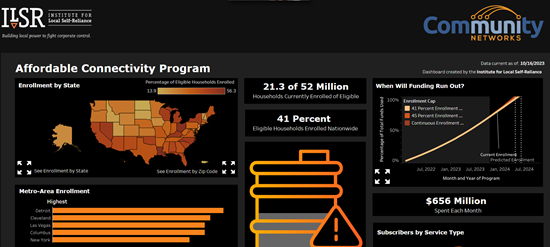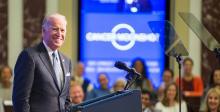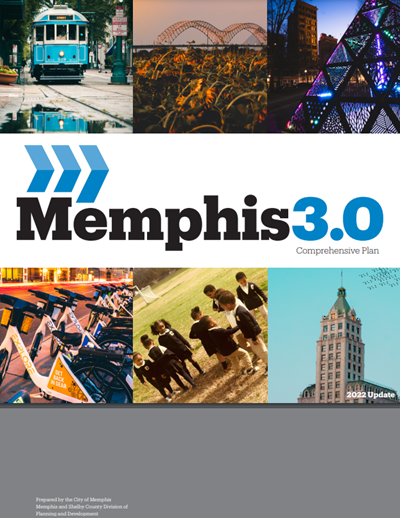IN OUR VIEW: Save ACP And Then Some
With the $14.2 billion Affordable Connectivity Program (ACP) on track to run out of funds by spring/early summer 2024, finally there is a request from the White House to extend funding for the program that over 21 million housholds now rely on to help pay for high-speed Internet service.
Last week, the Biden administration formally asked Congress for another $6 billion to extend the program through November 2024, joining a chorus of public interest groups (including AARP) calling on Congress to replenish the rapidly depleting fund.
(According to our calculations, an additional $6 billion would not fund the program through December 2024 as the White House said. It would fund the program through the end of November 2024. It would take $6.9B to get through the end of December).

First established with the passage of the Infrastructure Investment and Jobs Act (IIJA) in 2021 as part of the Biden administration’s “Internet for All” initiative, the ACP – currently administered by the Federal Communications Commission (FCC) – provides income-eligible households with a $30 monthly subsidy ($75 per month for those living on Tribal lands) to pay for their Internet service bill. The program also provides a one-time $100 benefit to go towards the purchase of an Internet-connected device such as a laptop or tablet.




